Unhinged
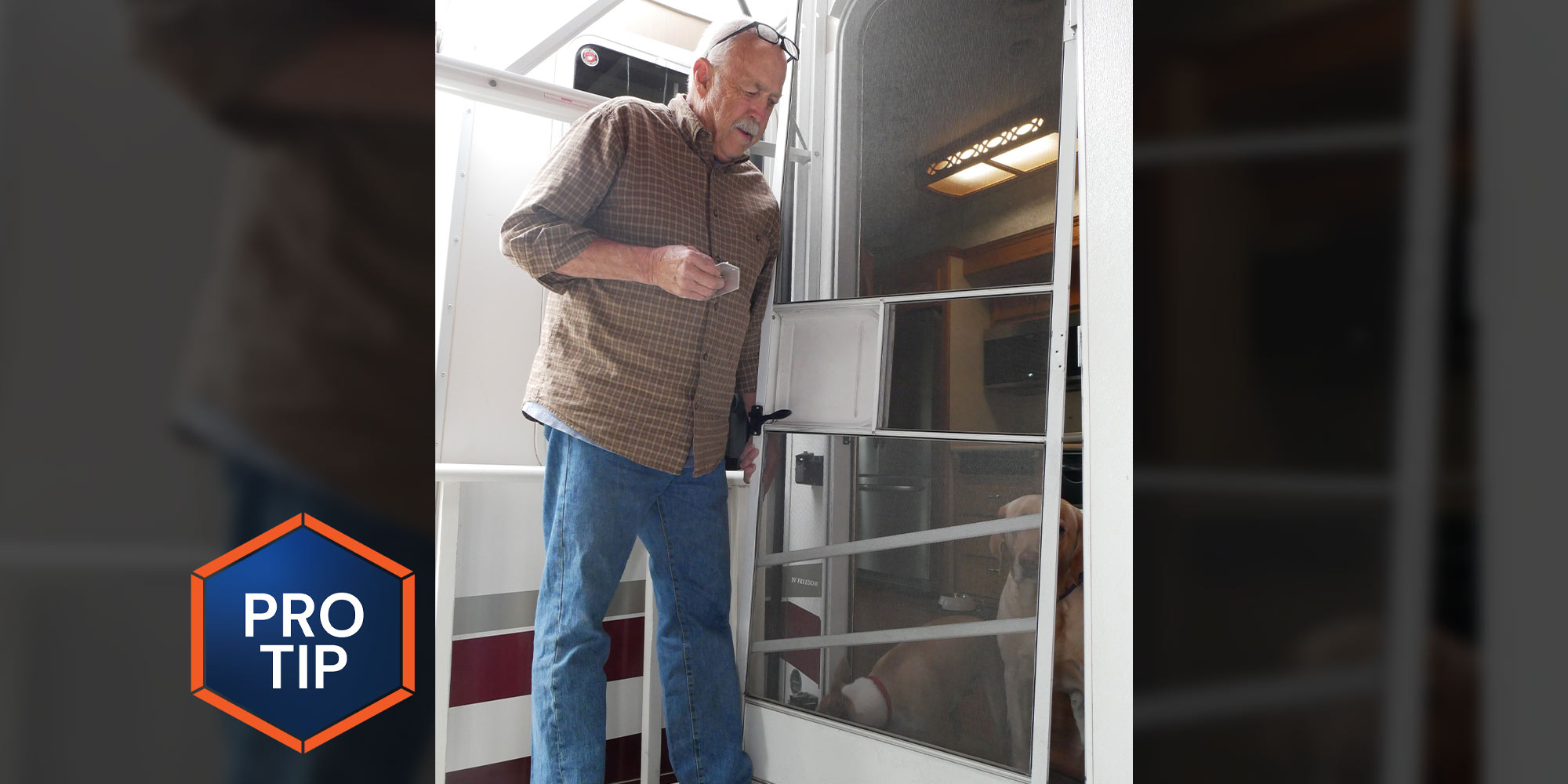
Fortunately, there is a rather simple solution: build new brackets to restore the function of the original hinges.
The process is not complicated if you’re the least bit handy — and it only takes about an hour to complete the job. You’ll need to purchase a short length of 1 ½-inch angle aluminum (although 1 ¼-inch stock may work, depending on the hinge size) at a local hardware store, which can be cut into brackets and mounted over the existing hinges. It may be hard to find a short length of angle aluminum, and since you’ll probably only need 9-12 inches worth, plan on having some leftovers.
For this project, the existing hinges were measured and marked accordingly on the angle aluminum stock; each hinge was 3 inches long and there were three of them. The aluminum was cut with a power angle grinder (although it can be easily cut with a hack saw) and the rough edges filed smooth. There’s a backing plate behind each existing hinge, which was used as a template to drill holes in brackets made from the angle aluminum. Once the holes were drilled, a new bracket was attached to the upper hinge position first on the screen door using the existing screws.
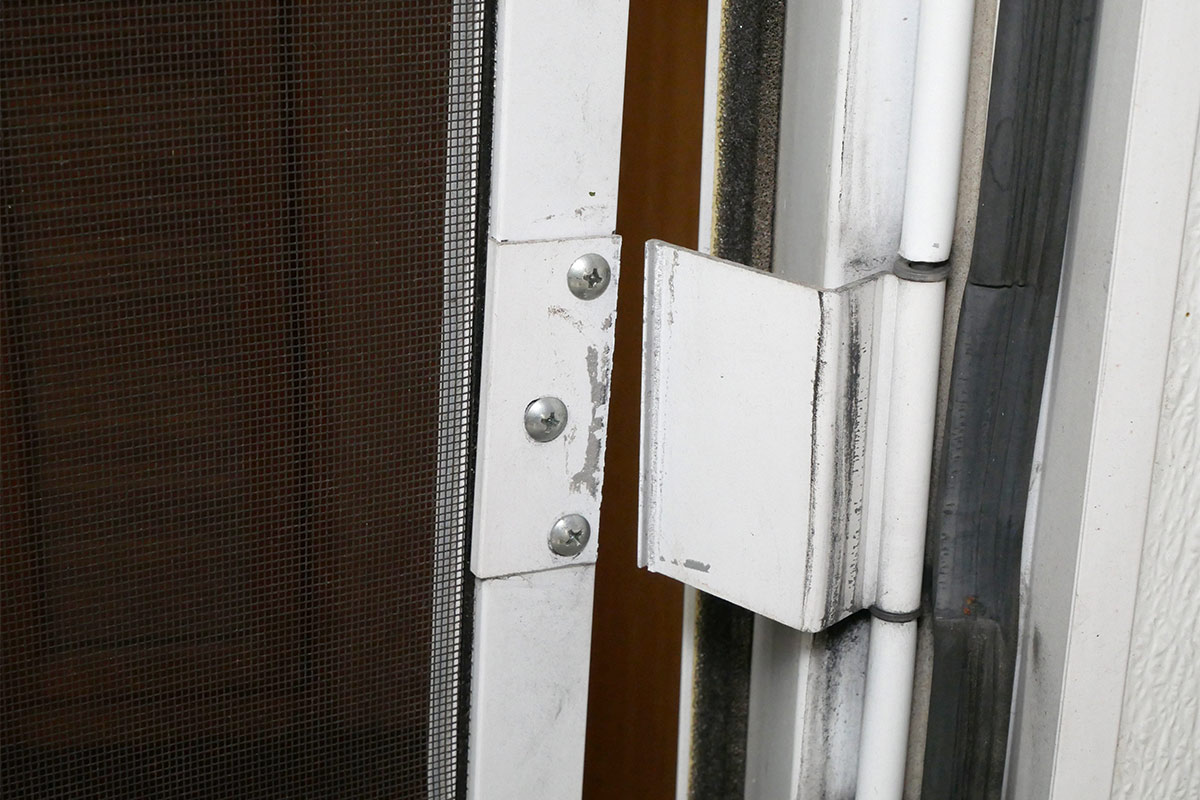
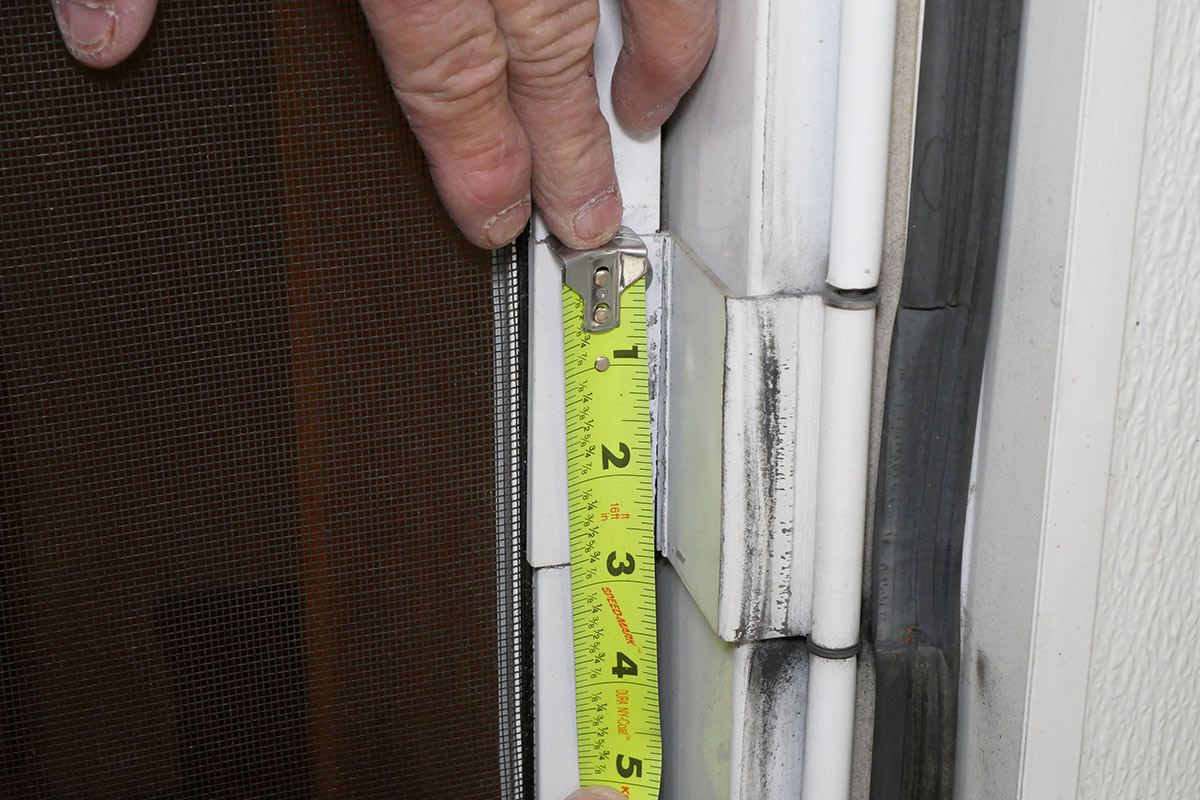
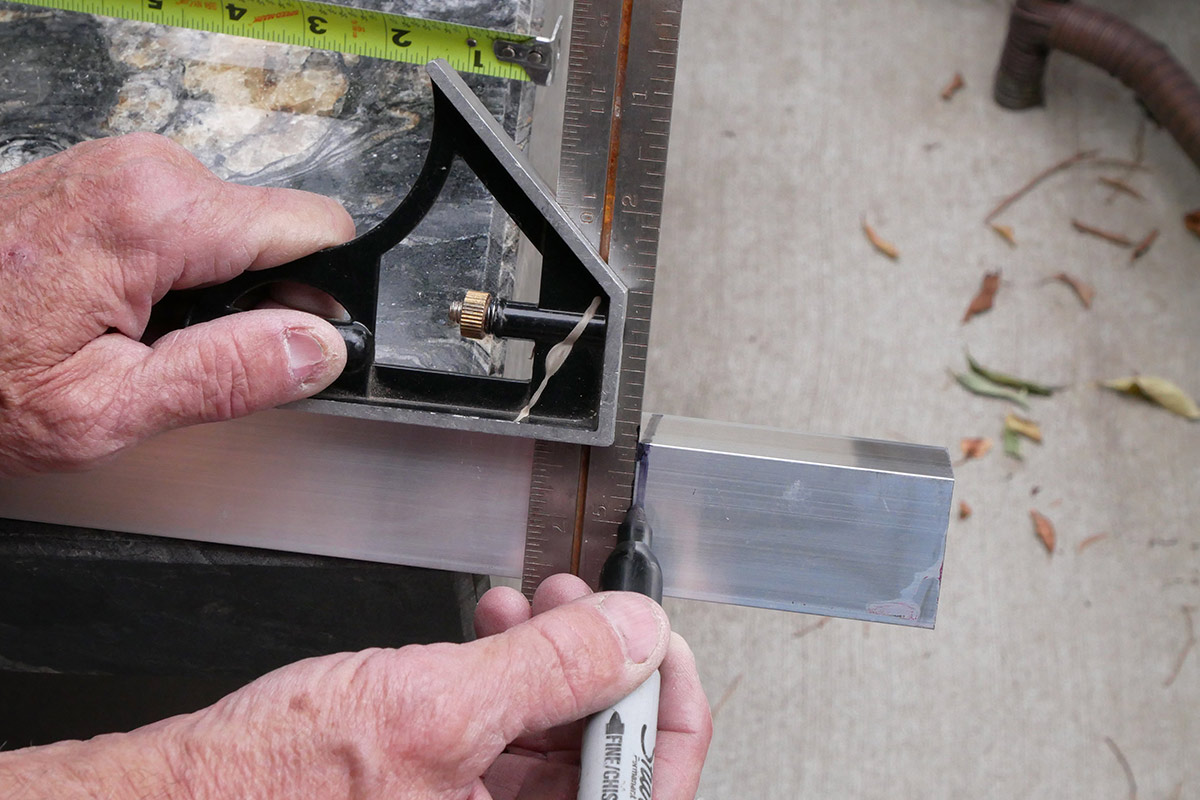
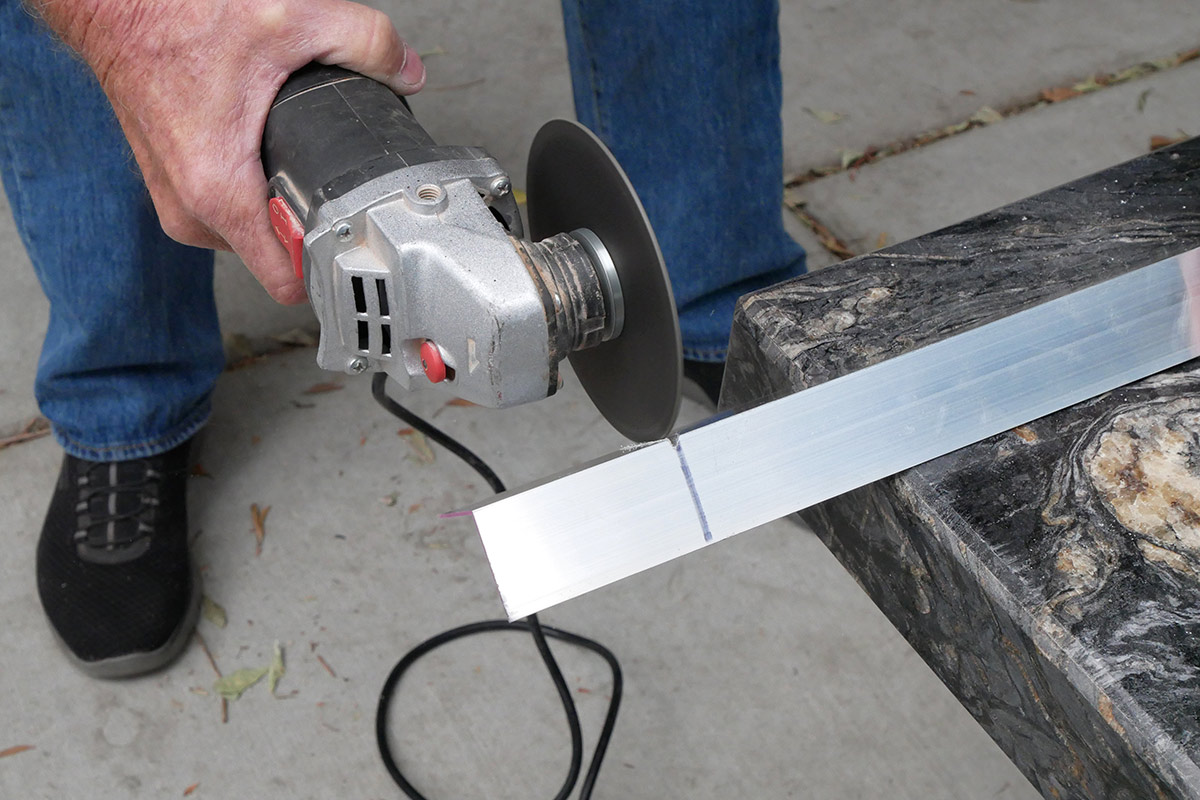
A locking pliers was used to hold the newly attached bracket to the existing hinge that was permanently attached to the entry door. Three new holes were drilled through the new bracket and entry door hinge and screwed in place. From here the process was repeated two more times.
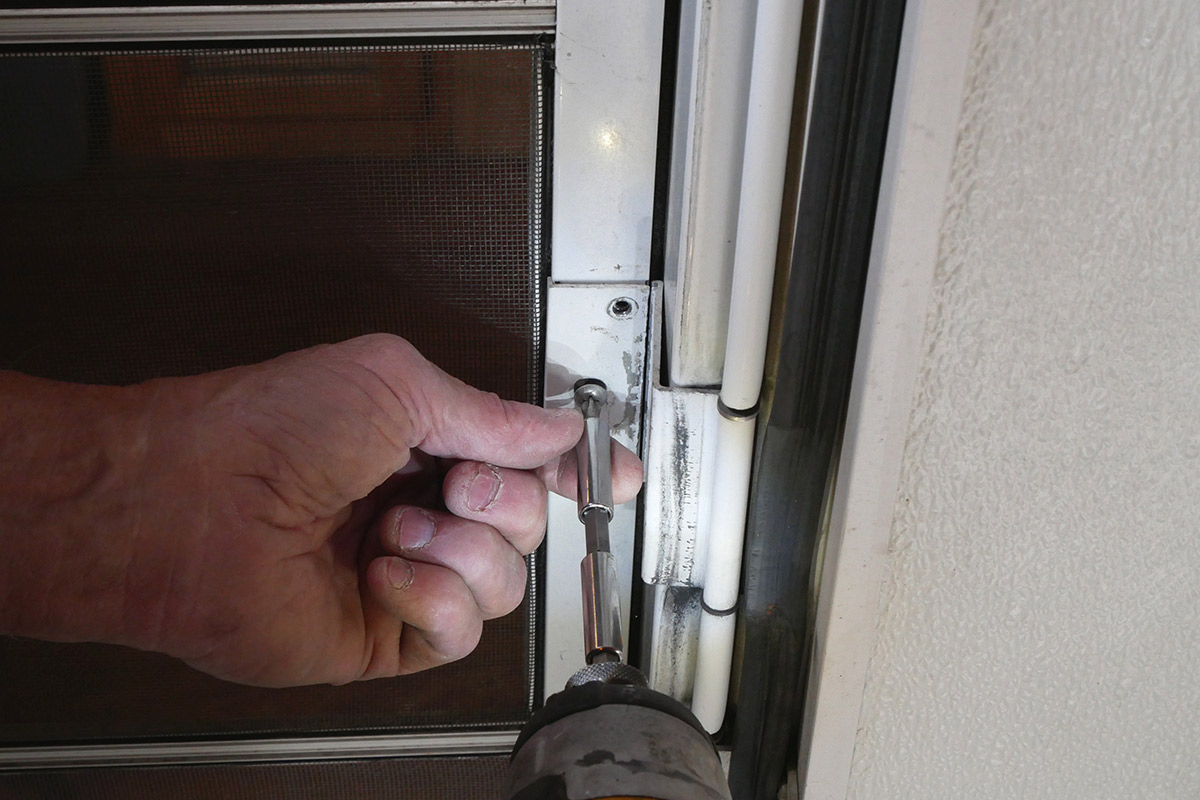
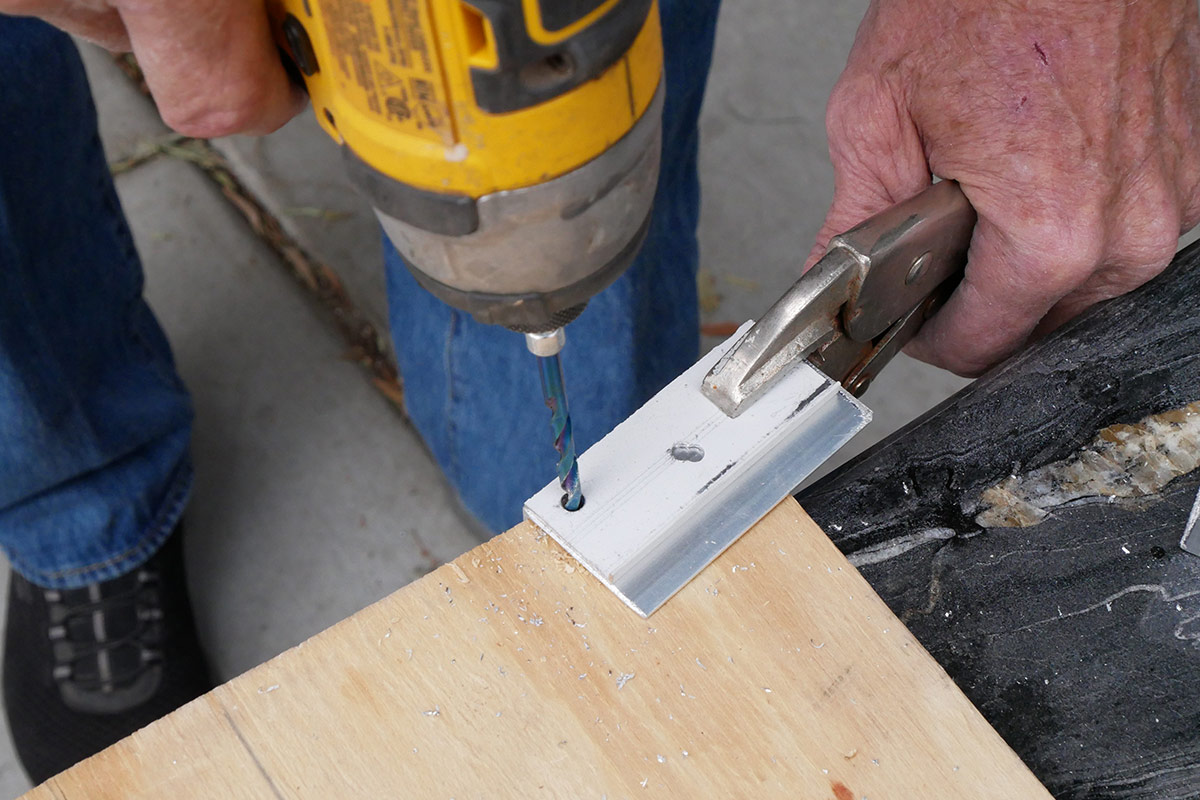
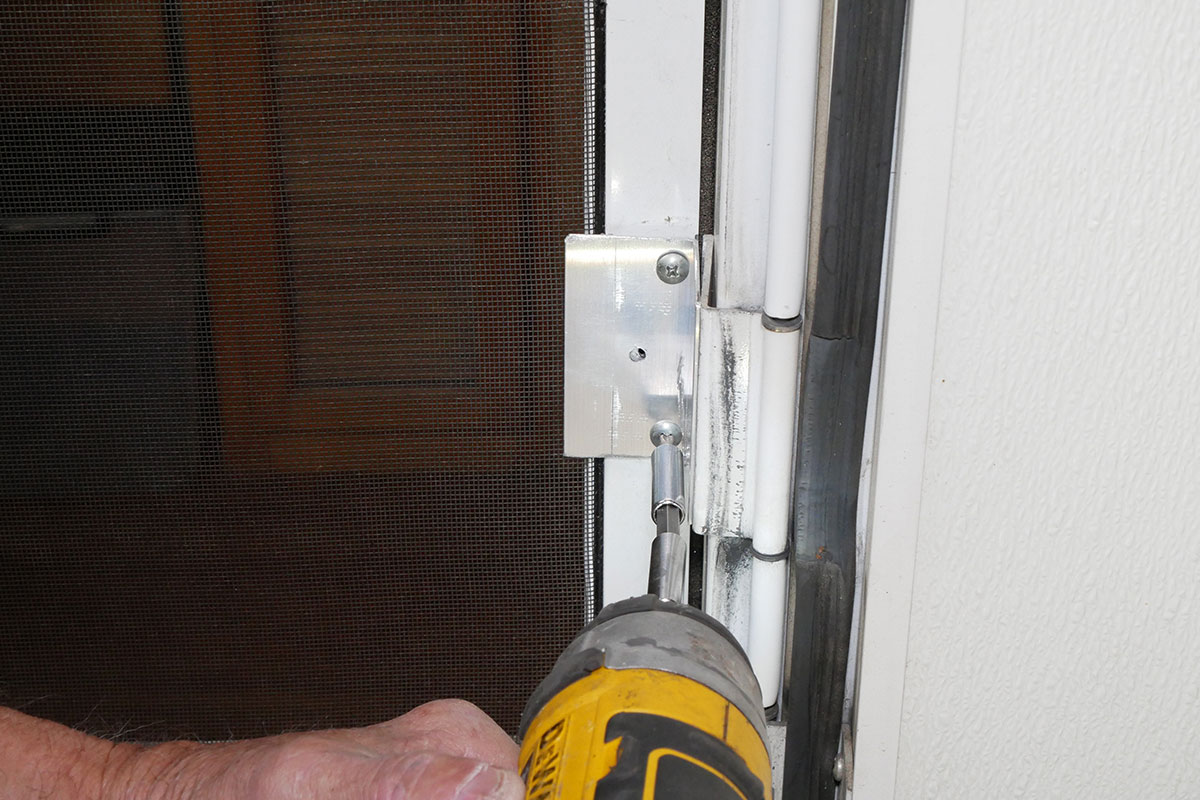
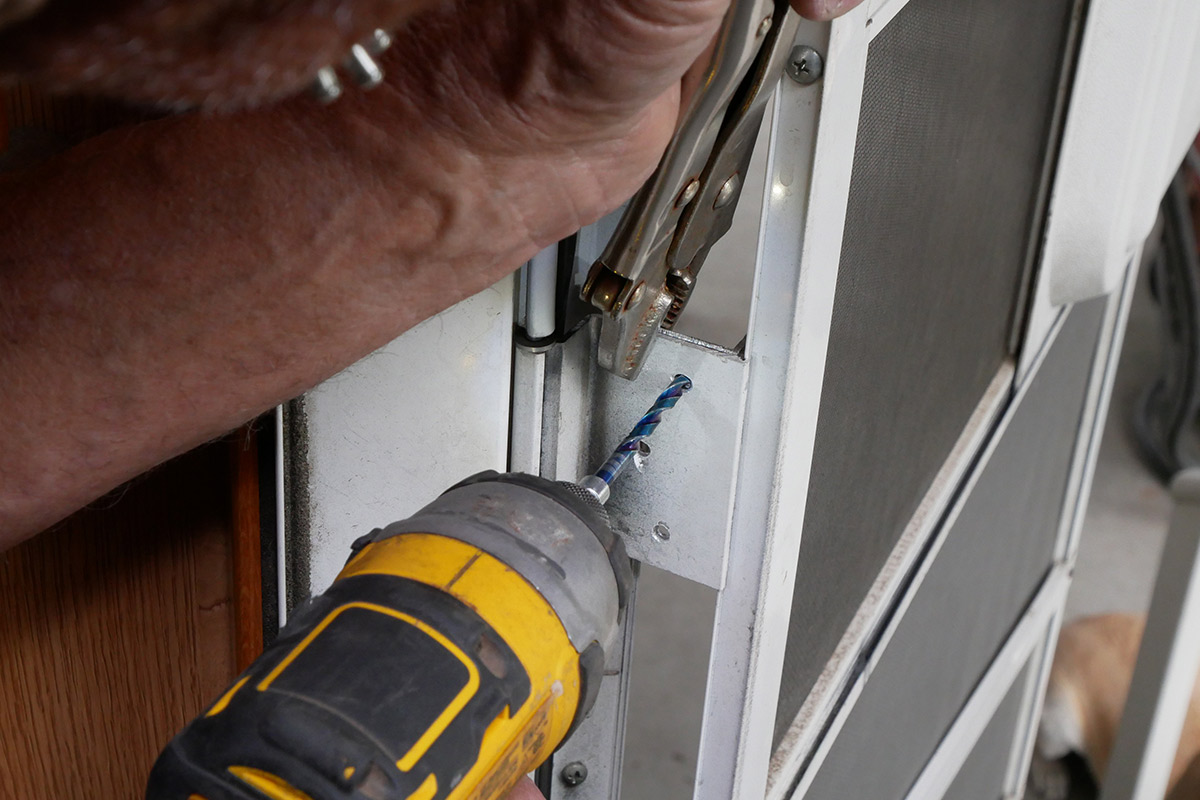
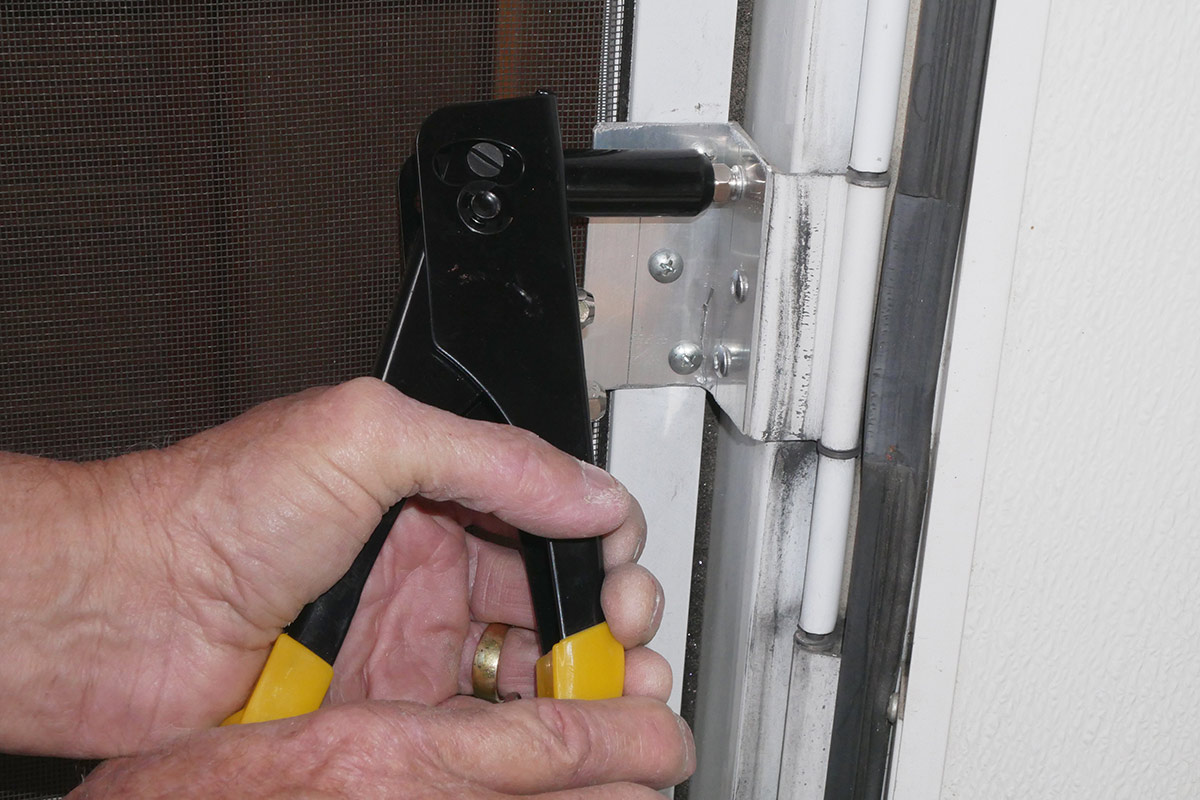
For this project, the owner of the fifth wheel elected not to trim the aluminum brackets, which extended into a portion of the screen material in the three hinge locations — he was just happy to get his screen back. In retrospect, trimming the brackets would have looked better, as would be painting them to match the screen door frame.
The newly installed brackets brought new life to the existing hinges with the same level of strength — and opening and closing the screen door was once again restored to a smooth operation.
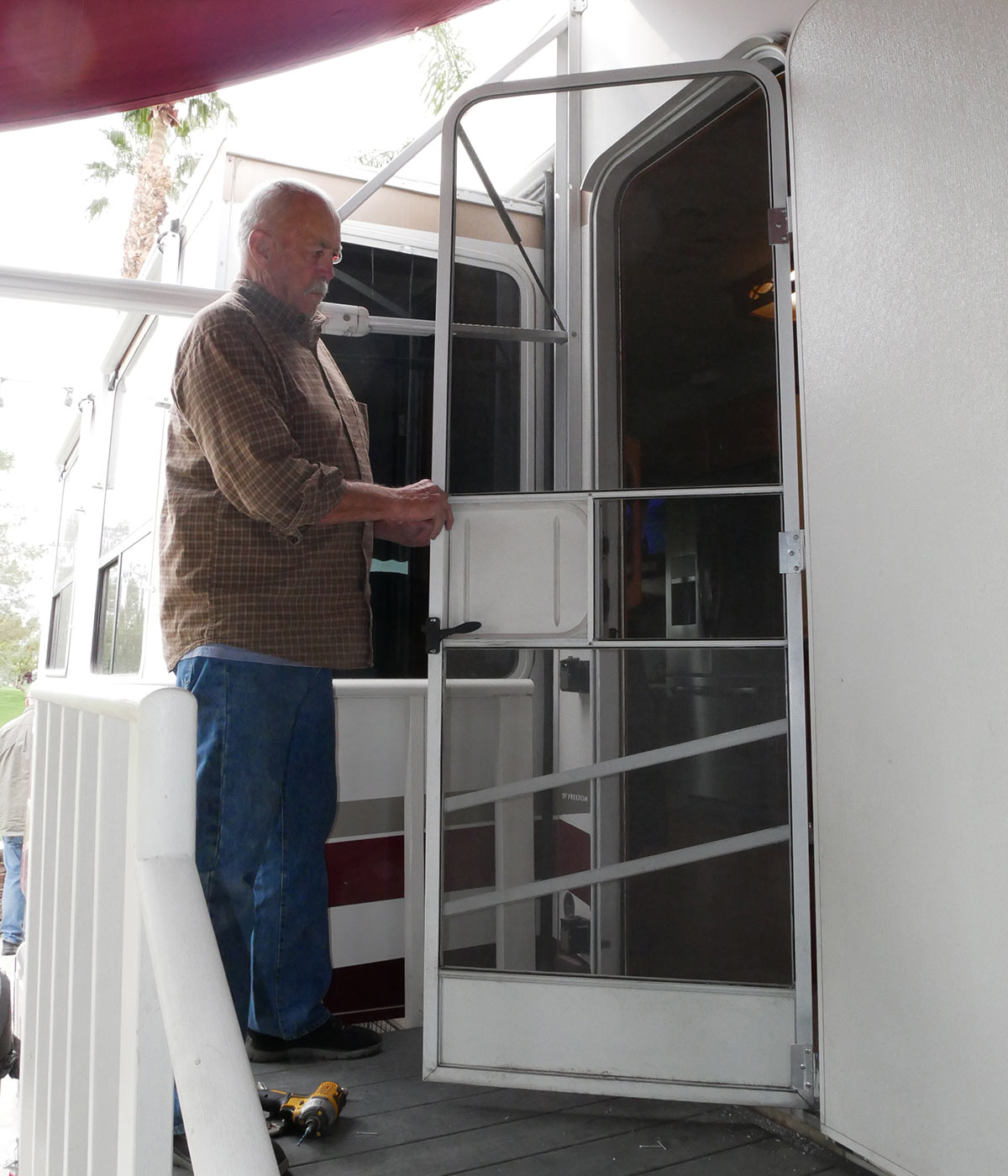
Already a Subscriber? Click here for Access to the Full Issues.

